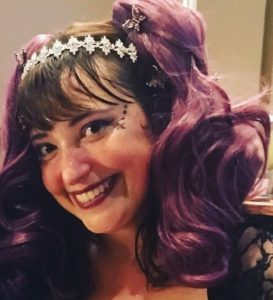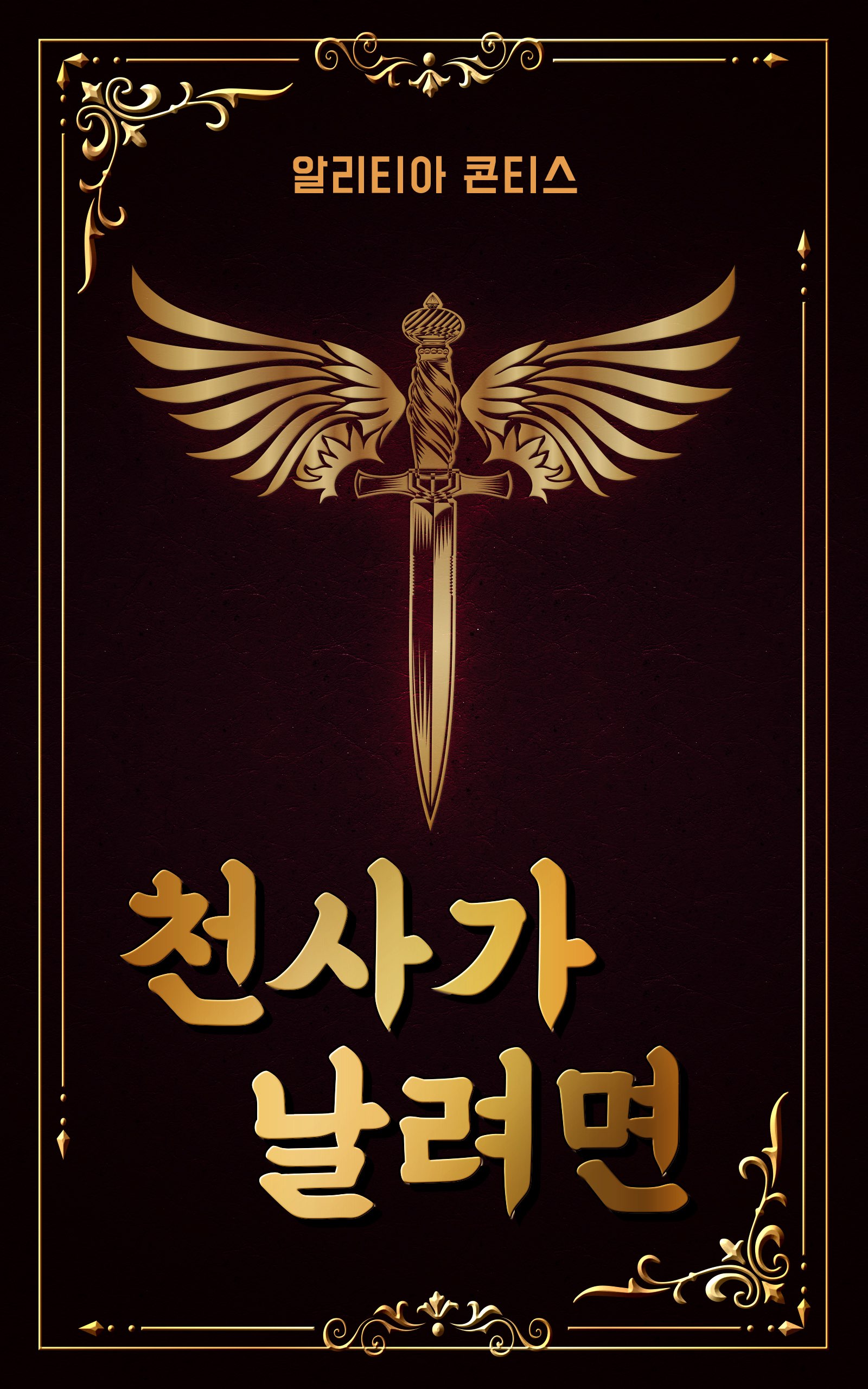 I’ve been asked about self-publishing a lot recently, so I decided it was high time to write up a big, long answer with lots of fabulous and helpful links!
I’ve been asked about self-publishing a lot recently, so I decided it was high time to write up a big, long answer with lots of fabulous and helpful links!
If you are asking yourself “Should I self-publish my book?” — the answer is NO. Self-publishing is a ridiculously hard amount of work (on top of writing your novel in the first place, which was already a ton of work, am I right?). And right now there is a glut of indie-published books out there, which means that once you DO get through the hard work of writing and the harder work of editing and publishing, there’s the virtually-impossible job of actually getting your book actually SEEN and READ by people.
But if self-publishing is so terrible, why are you doing it? Because I’m the stubborn brat who did terribly in English class, but never stopped writing. I got a Chemistry degree and immediately went to work at a bookstore. I moved across state lines and made really bad life choices (I once started a publishing company to impress a boy) and went into debt several times, all for the sake of writing because it is my soul. I was orphaned by two major publishers and still refused to stop writing.
If you are a crazy person like me–and I know you are out there (MY PEOPLE!)–keep reading.
Everyone else: submit your manuscript to an agent or shove it back under the couch, and then go see a movie and be glad I saved you from the really bad decision you were about to make.
*************************************
Princess Alethea’s Self Publishing Basics
The Manuscript
When you have finished writing your novel (we’re going to talk about novels here, because picture books are ENTIRELY different horses), you need three different kinds of editors to look at it: a content editor, a copyeditor, and at least one proofreader.
The content editor’s job is to be sure your manuscript makes sense. Is the pacing right? Does it flow? Did you forget to describe a character? Did you leave a plot hole dangling? Did you write an adventure story when you meant to write a romance? (I’ve done this at least twice.) Did you realize you have an underlying theme of loss that you should really explore and carry out through the resolution?
The content editor will give you revision notes. Take a day to scream and cry about these notes, and then sit down and do the work to make your story better. (The content editor’s job is not to find typos, but she might mark a few.) When your revisions are completed satisfactorily, your manuscript goes to the copyeditor.
The copyeditor’s job is to go through the manuscript with a fine-tooth comb and catch all your typos and grammatical mistakes. They will sort out your hyphens and pry the commas from your cold, dead hands. They will catch inconsistencies or anachronisms. They will point out awkward sentences that should really be rephrased. They will catch that you used the word “small” five times in one paragraph. Once you have fixed all these silly mistakes, it’s time to send your manuscript to the proofreaders.
A proofreader’s job is to catch whatever tiny things the copyeditor didn’t see. In traditional publishing, this is the equivalent of the Advance Readers Copy. My ARCs go to my VIP Review Team and my Brute Squad. There are a couple of readers who I KNOW will catch things my eagle-eyed copyeditor missed, and I pay special attention to those comments.
In the course of my two-decades-plus in the publishing industry, I have professionally held all three of the above positions for major publishers. I am here to tell you that YOU NEED ALL THREE OF THEM. If you are the writer, do not do these jobs yourself. And if you are a writer who CAN do any of these jobs yourself, I bow to you because you are a God.
As in traditional publishing, you should always start with the cleanest version of the manuscript you can. If you are distracting any of these editors with a messy manuscript, it’s possible that they will be concentrating so hard on easily fixable mistakes that they miss something they SHOULD be paying attention to. (And that is often how typos end up in final manuscripts)
My editorial team is made up of my best friend (who happens to be an English professor at a big university), a dear author friend, my fan club, and my mom. It took me a long time to put these folks together, and we are AMAZING. You will find your team. But don’t get discouraged if it takes you a while. And be open to looking in un-obvious places.
Casey has papers to grade, Kat has books to write, and Mom’s not currently offering her proofing services on a professional basis, so I’ve compiled this short list of friends & acquaintances for you to research. Please, DO YOUR RESEARCH. Some of these folks only do one kind of editing, or for specific genres. Each will charge different amounts. Feel free to tell them I sent you, and BE KIND–these are friends of mine!
Renee Murphy
Shannon Page
Chris Kridler
Laura Anne Gilman
Bryan Thomas Schmidt
Spencer German Ellsworth
Literally Addicted to Detail (Chelle Olson)
Melissa Gilbert
Lyn Worthen
John Jarrold
Ashley Davis
Eschler Editing (Sabine Berlin)
KH Koehler
Michael Kabongo
Laura Helseth
Venessa Glunta
The Cover
Even after all these years and thousands of idioms, readers still judge a book by its cover. Your cover is INCREDIBLY important. I spend a LOT of money on the cover art for my novels, and it it 100% worth it.
My cover artist is another amazing author (Rachel Marks) who is no longer taking new clients (because she also has books to write!). Luckily for you, there are a TON of new, great resources out there for covers–even places that provide pre-made covers!
Perhaps you might checkout the stylings my webmistress, Cait Greer, who also happens to be a stellar Graphic Designer…
The Layout
 I am a Mac user, so I have been blessed with the fabulous software that is Vellum. I have been known to tell PC indie authors that it is worth it to buy a Mac, just for the e-book software. And that was BEFORE it could do print layout!
I am a Mac user, so I have been blessed with the fabulous software that is Vellum. I have been known to tell PC indie authors that it is worth it to buy a Mac, just for the e-book software. And that was BEFORE it could do print layout!
Vellum is magic for e-books. And I suspect I will be doing quite a few print layouts there too, in the future. But outside of that, my go-to for print layout will always be Polgarus Studio. They have made all of my fairy tale books look amazing, and even helped me when I was having massive amount of trouble with Diary of a Mad Scientist Garden Gnome. Their rates are reasonable, communication is excellent, and they provide layout within a week. LOVE THEM.
Retailers
There are websites where you can upload your e-book and they will get it out to all the various retailers…but really, it’s best if you do the Big Five on your own: Kindle, Nook, Kobo, iTunes, and Google Play. (Google Play is a bit problematic…do some research…but I’ve still got a few books there for now.)
You will need to set up accounts, link bank numbers, and fill out tax forms for each of these sites. It is not a short process. And every time you upload the book, you will need to input the metadata. Another not-short process–while all sites require a lot of the same information, every one is different.
Do you need ISBNs from Bowker? That’s up to you. I bought a bunch way back when they were on sale, and I use them mostly for my print books through Ingram…but if you’re only using e-books and Createspace, you don’t need them.
I use both CreateSpace and Ingram for my print books. I did a lot of research before I made this decision. Did I need Ingram? Probably not–they are expensive, and a hassle–but I did want hardcover books. I hear that Nook is now doing hardcovers. I haven’t looked into that yet. But CreateSpace can get you into most of the sales channels you need.
Affiliate Programs
Make sure you are set up on all the Affiliate programs: Amazon, Kobo, and iTunes. I admit, the only one I’ve really seen money back from is Amazon…but you never know. All those nickles and dimes add up eventually. And remember to use these links! I know it’s a pain in the butt, but it’s a good habit to train yourself to get into. DO NOT EVER BUY ANYTHING OFF AMAZON without clicking on a link from a fellow author’s site first. Even if you don’t buy their book, they still get a kickback. IT MAKES A DIFFERENCE. You have no idea how much!
Advertising
The book advertising climate changes every five minutes. It’s true that you have to spend money to make money, but FB ads and newsletter ads and free sites are so prevalent now, it’s tough to make a list of reliable ones. I will say that BookBub ads are still great if you can get them (don’t stop applying!) and Hidden Gems is fabulously reliable for getting ARC reviews!
Also: Be sure to “claim” your books on BookBub and add them to your Amazon Author Profile (make sure you are set up on Author Central) as soon as the buy or pre-order links go live!
Author Central will be indispensable to you as an indie author. Their customer service is bar-none.
Audiobooks
If you’re just starting out with self-publishing, you shouldn’t worry about audiobooks just yet. That said, make sure you also “claim” all your books and short stories on ACX. ACX has a ton of great video tutorials…I highly recommend them. And be prepared to spend a lot of money on your narrator–you get what you pay for. My audiobook narrators have blown me away…and brought me some of the greatest joy. Their exceptional performances remind me why I do what I do!
*************************************
WHEW! Okay, I know that’s a LOT of material, but it really only scratches the surface. I just want to make sure I properly convey the scope of the GIANT HEADACHE you are about to have for the next two-five years.
And if you made it this far…I wish you all the best of luck in the world. Vaya con dios!
xox
Princess Alethea
***************
Follow Alethea Kontis on Patreon: https://www.patreon.com/princessalethea





This is fabulous. Thanks so much for putting it together.